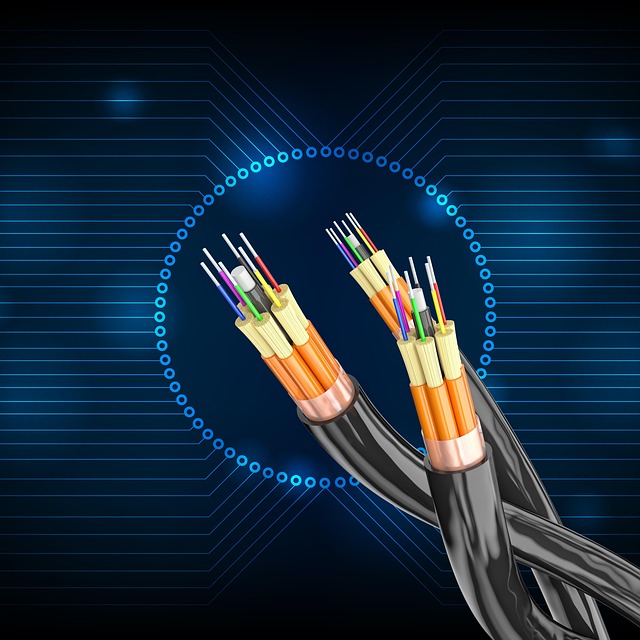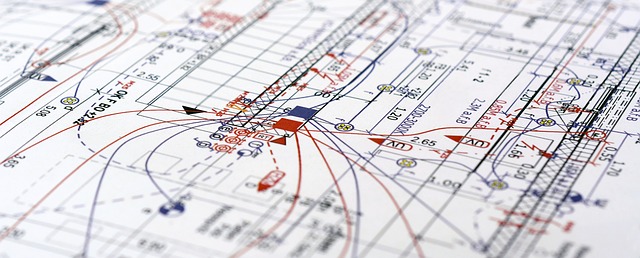Superconducting Cable Commercial First Year Open: Zero Loss Transmission How To Subvert The Energy Pattern
 Mar 14,2025
Mar 14,2025

 Suke
Suke
With the acceleration of the global energy transition, superconducting cable technology has officially entered the stage of large-scale commercial use with its "zero loss" transmission characteristics. This revolutionary technology will not only reshape the mode of electricity transmission, but may also completely rewrite the global energy landscape. The following analyzes its disruptive impact from three dimensions: technological breakthrough, application scenario and future potential.
Zero loss transmission: the core advantage of superconducting cables
1. Near zero energy consumption
The energy loss caused by resistance of traditional cables is usually more than 5%, while the resistance of superconducting cables approaches zero under liquid nitrogen cooling (-196 ° C), and the transmission loss can be reduced to less than 1%. For example, after China's first high-temperature superconducting low-voltage DC cable was put into operation, the line loss was only 1%-2%, which was 70% lower than that of traditional AC cables.
2. Transmission capacity jumps
The transmission capacity of a 35 kV superconducting cable is equivalent to that of a traditional 220 kV cable, which can replace 4-6 ordinary cables of the same grade and save 70% of underground pipe gallery space. The 1.2km superconducting cable demonstration project put into operation in Shanghai, with a rated current of 2200 amps and a capacity of 133 megavolt-amps, provides an efficient solution to the problem of "stuck neck" power supply in the core area of the city.
3. Better environmental adaptability
Superconducting cable is not affected by the environment such as temperature and humidity, and its stability is far greater than that of traditional cables, especially for areas with frequent extreme weather.

Commercial opening in the first year: from demonstration projects to large-scale laying
1. Technology maturity and cost reduction
China's independent research and development of high-temperature superconducting materials (such as YBCO) has been industrialized, strip costs down to 100 yuan/meter level, yield of more than 90%, to promote the superconducting cable from the laboratory to commercial power grid. 2023 is also regarded by the industry as the "first year of scale" for high temperature superconductivity applications.
2. Application scenarios are expanded
l Urban power grid upgrade: Superconducting cable demonstration projects in Shanghai and Shenzhen have been successfully implemented, providing a new path for large-capacity power supply in core urban areas.
l New energy connected to the grid: superconducting cables can efficiently transport wind power and photovoltaic power in remote areas to the load center, reducing the problem of wind and light abandonment.
l Industrial power optimization: Large factories and data centers can use superconducting technology to achieve stable power supply and reduce energy costs.
Subvert the performance of the three potential
1. Restructure the global energy grid
Zero-loss characteristics make it possible to transfer power across continents, such as Arctic wind or equatorial solar power directly to the world, breaking regional energy monopolies.
2. Accelerate the spread of renewable energy
Superconducting cable can solve the problem of new energy volatility. For example, Germany plans to integrate North Sea wind power through the superconducting grid, and China is exploring its use for the eastern transmission of power to the western photovoltaic base.
3. Promote the construction of new power systems
Combined with superconducting magnetic energy storage (SMES) technology, it can realize instantaneous storage and release of electric energy, improve the power grid peak load capacity, and help build a new power system with new energy as the main body.
Challenges and Future Prospects
Despite promising prospects, superconducting cables still face bottlenecks such as high cooling costs (relying on liquid nitrogen cooling), large brittleness of materials, and lack of standardization. However, with research breakthroughs in room-temperature superconducting materials, such as the global attention generated by LK-99 in 2023, future cooling costs are expected to be significantly reduced. It is predicted that the scale of the global superconducting industry will exceed 100 billion yuan in 2030, covering many fields such as power grid, medical treatment and transportation.

Conclusion
The commercialization of superconducting cables is not only a technological revolution, but also a systemic change in energy production, transmission and consumption patterns. From city grids to the global energy Internet, zero-loss transmission is ushering in a new era of efficient, clean energy. As Einstein said: "imagination is more important than knowledge" - superconducting technology is gradually turning human imagination of energy into reality.

 Home
Home Prospects And Development Directions Of The U.S. Cable Recycling industry: Market Opportunities And Future Trends
Prospects And Development Directions Of The U.S. Cable Recycling industry: Market Opportunities And Future Trends  You May Also Like
You May Also Like

 Tel
Tel
 Email
Email
 Address
Address














